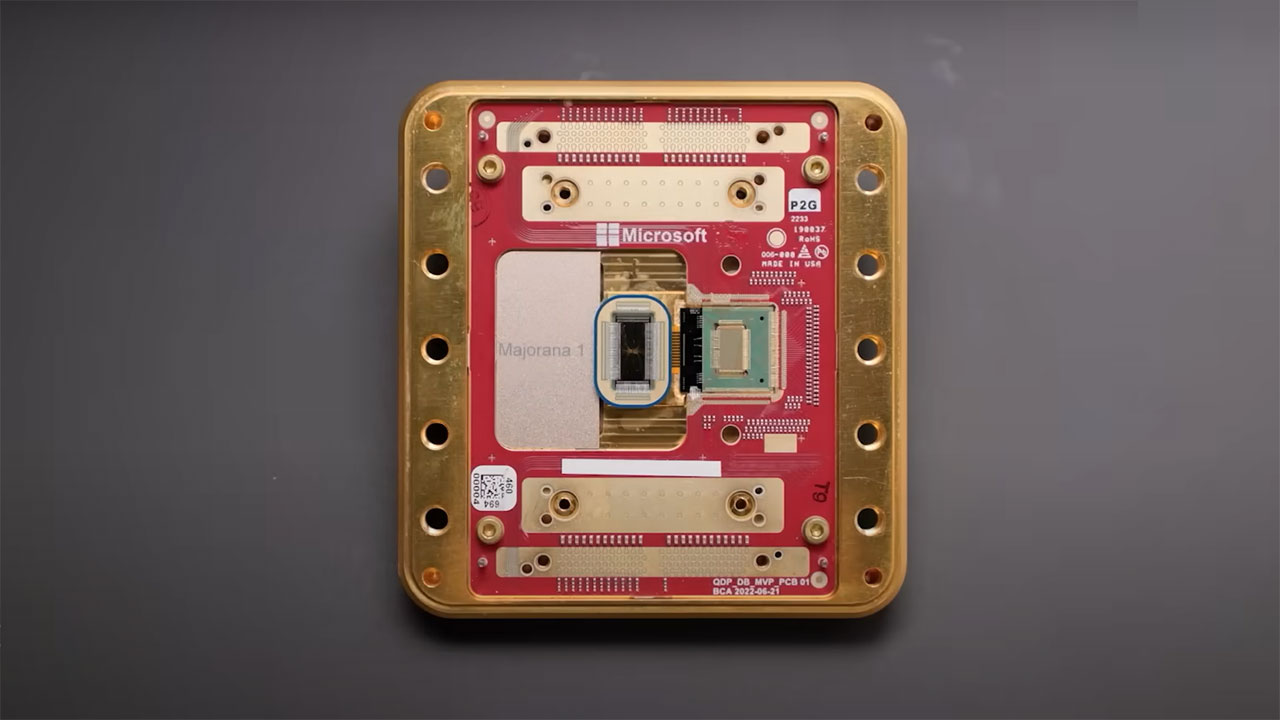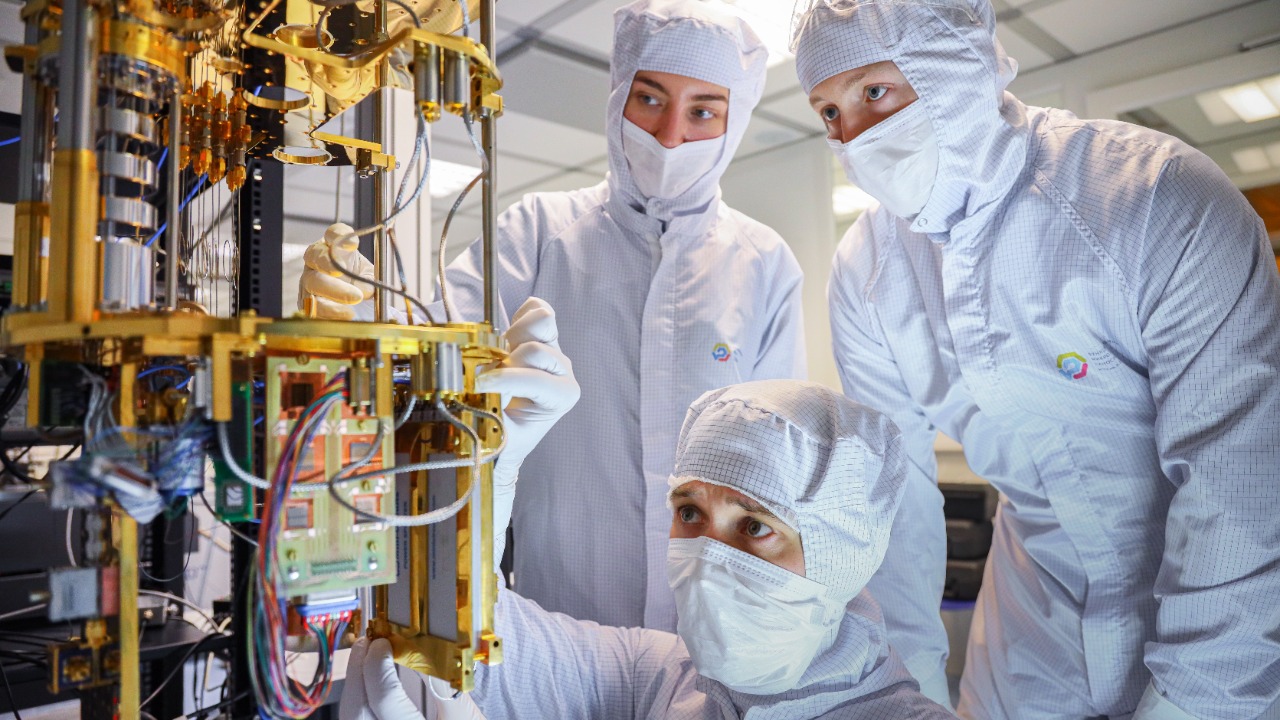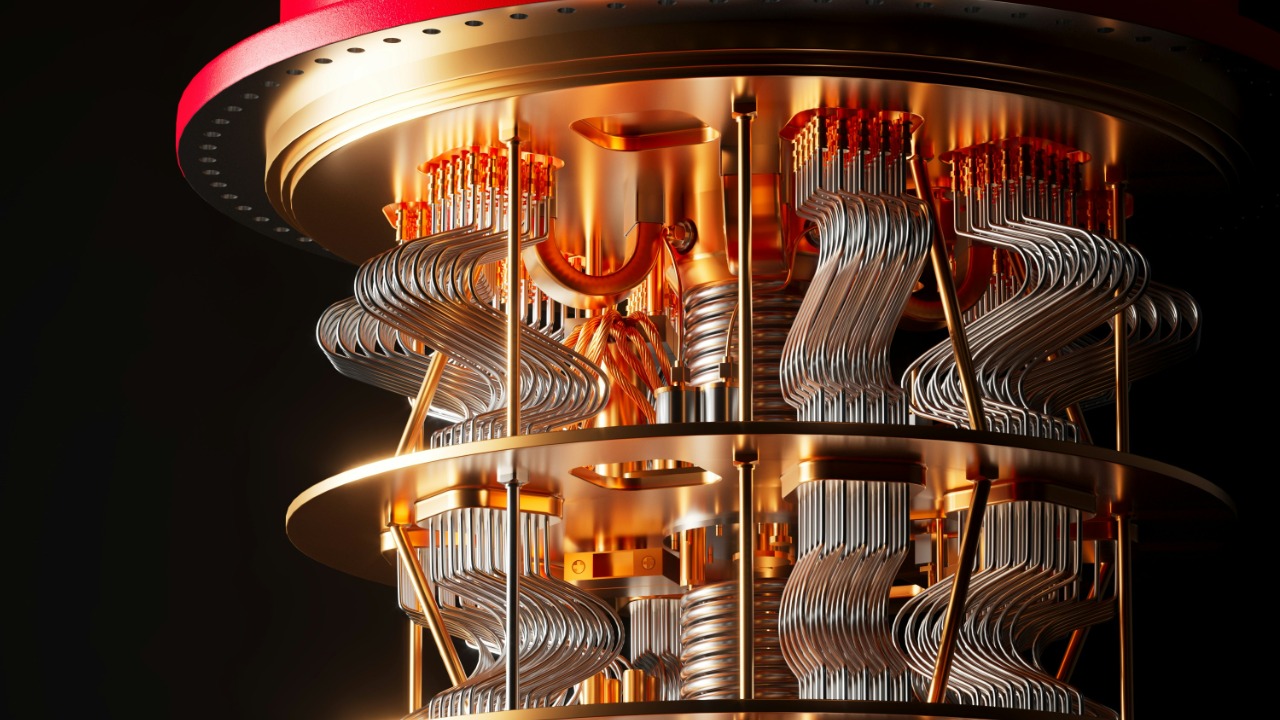
Majorana 1, Microsoft’s groundbreaking chip, is poised to transform the landscape of quantum computing by harnessing the power of topological qubits. This advancement promises to enhance computational stability and efficiency, potentially ushering in a new era of technological breakthroughs.
The Science Behind Topological Qubits

At the heart of the Majorana 1 chip is the concept of topological qubits, which represent a significant departure from conventional qubits used in quantum computing. Traditional qubits, while powerful, are notoriously susceptible to errors due to environmental interference and the fragile nature of quantum states. In contrast, topological qubits leverage the unique properties of Majorana particles to create a more stable quantum state. This stabilization arises from the non-abelian statistics of Majorana particles, which allow for quantum information to be encoded in a way that is inherently resistant to local perturbations.
The use of Majorana particles is a groundbreaking approach because it addresses one of the fundamental challenges in quantum computing: error rates. By stabilizing qubits, these particles significantly reduce error rates, making quantum systems more reliable and efficient. This enhancement in stability is crucial for the development of practical and scalable quantum computers. Topological qubits thus hold the promise of building more robust quantum systems that can handle complex computations with greater accuracy and speed than previously possible.
The Development of Majorana 1

The journey to develop the Majorana 1 chip was marked by intense collaboration between Microsoft and leading research institutions. This partnership was crucial in overcoming the technical challenges that arose during the chip’s development. One of the key hurdles was the isolation and manipulation of Majorana particles, which required innovative engineering solutions and cutting-edge technology. The successful creation of this chip underscores a significant breakthrough in quantum computing, paving the way for further advancements in the field.
The timeline of Majorana 1’s development reflects a series of strategic milestones, each contributing to the chip’s ultimate success. From initial theoretical research to practical experimentation, the process was iterative and dynamic. The anticipated impact of Majorana 1 on quantum computing is profound, as it sets a new standard for what is achievable in this realm. The chip not only represents a leap forward in technology but also a catalyst for future innovations and applications across various industries.
Applications and Implications of Majorana 1

The integration of topological qubits into quantum computing through Majorana 1 opens up a multitude of possibilities for various industries. Fields such as cryptography, pharmaceuticals, and materials science stand to benefit immensely from this technological advancement. In cryptography, for instance, the enhanced computational power of quantum systems can lead to the development of more secure encryption methods, safeguarding sensitive information against potential cyber threats.
In the pharmaceutical industry, quantum computing can accelerate drug discovery by simulating complex molecular interactions with unprecedented precision. This capability can lead to the development of new medications and therapies, revolutionizing healthcare. Similarly, in materials science, the ability to model and predict material properties at the quantum level can lead to the creation of new materials with tailored characteristics. The broader implications of Majorana 1 are vast, promising to enhance computational power and problem-solving capabilities across numerous sectors.
Security Considerations in Quantum Computing

The introduction of Majorana 1 into the quantum computing landscape also brings significant implications for security, particularly in the realm of quantum decryption. As quantum computers become more powerful, they pose a potential threat to current encryption standards, necessitating the development of new cryptographic techniques to ensure data security. This presents both challenges and opportunities for cybersecurity professionals, who must devise strategies to protect against potential vulnerabilities in quantum systems.
Future directions in quantum computing will likely involve a strong focus on integrating robust security measures to safeguard these powerful systems against potential threats. Collaboration between technology companies, governments, and research institutions will be essential in developing comprehensive security protocols that can withstand the capabilities of quantum decryption. As quantum technology continues to evolve, maintaining the integrity and security of quantum systems will be of paramount importance.
The Future of Quantum Computing with Topological Qubits

Looking ahead, the advent of Majorana 1 heralds a new era in the evolution of quantum computing. Over the next decade, we can expect to see significant advancements in this field as researchers and industry leaders continue to explore the potential of topological qubits. The role of global collaboration will be crucial in advancing quantum research and development, as shared knowledge and resources can accelerate the pace of innovation.
The future of quantum computing is bright, with the potential for groundbreaking discoveries and applications. However, there will also be challenges to address, such as scaling quantum systems and ensuring their integration into existing technological infrastructures. As the field continues to evolve, the focus will likely remain on overcoming these obstacles while pushing the boundaries of what is possible with quantum technology. The journey of Majorana 1 is just the beginning, setting the stage for further exploration and innovation in the world of quantum computing.